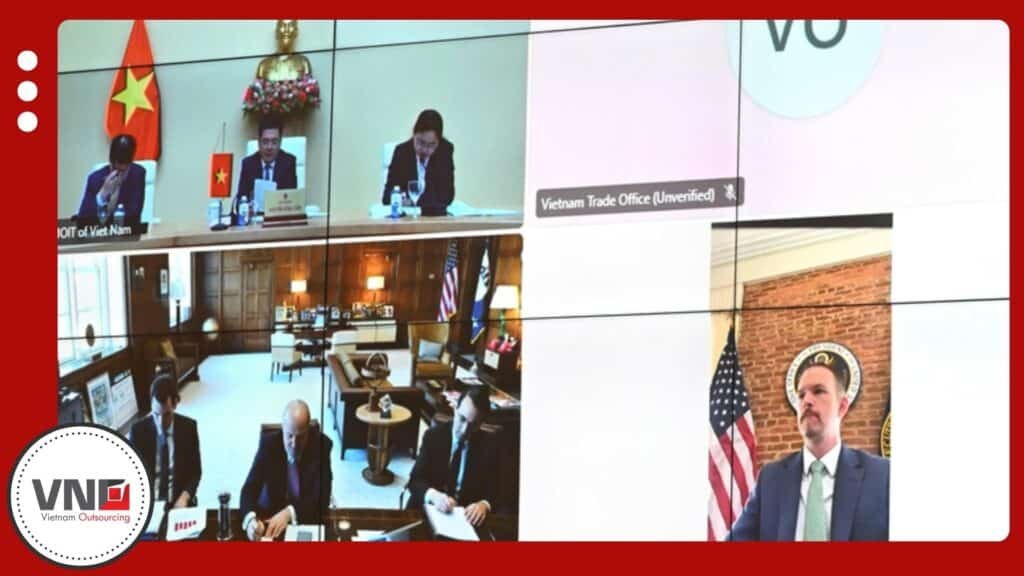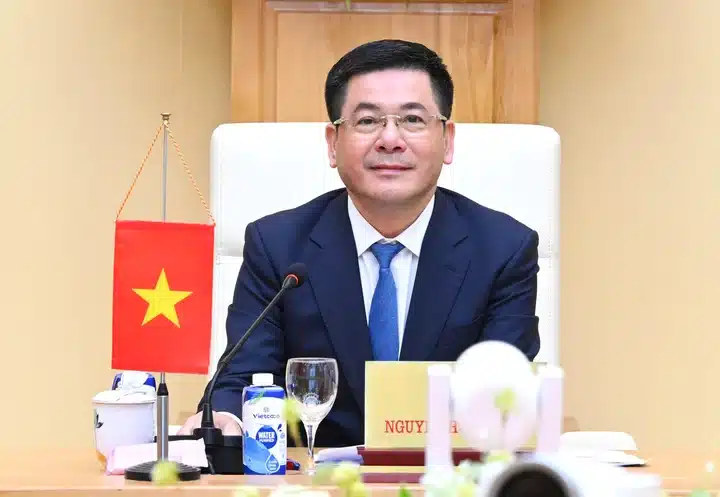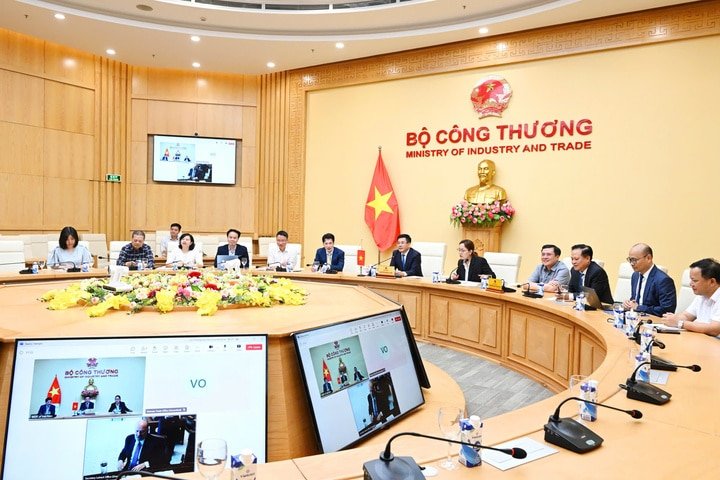In a new development signaling sustained momentum, the latest Vietnam US trade talk took place on June 19, 2025. The virtual meeting connected Minister of Industry and Trade Nguyen Hong Dien, U.S. Secretary of Commerce Howard Lutnick, and U.S. Trade Representative Jamieson Greer.
The tone was constructive, marked by openness and goodwill. Leaders discussed unresolved matters and future directions for the Reciprocal Trade Agreement. Minister Dien welcomed U.S. proposals, calling them meaningful steps toward accelerating negotiations.
Vietnam Emphasizes Practical Solutions
During the Vietnam US trade talk, Minister Nguyen Hong Dien stressed that outcomes must reflect mutual respect and shared economic realities. He highlighted several priorities for Vietnam:
-
Reciprocal tariff policies with balanced application, taking into account Vietnam’s development stage and record of cooperation.
-
Improved market access for exports such as textiles, electronics, seafood, and agricultural products.
-
Rules of origin reform designed to reflect modern supply chains and ensure predictability for businesses.
U.S. Response to Vietnam’s Proposals
Secretary Lutnick and Ambassador Greer acknowledged Vietnam’s proactive stance and praised its solution-oriented approach. They reaffirmed the United States’ commitment to reaching a long-term agreement. Both emphasized that such collaboration is vital for competitiveness and supply chain security in the Indo-Pacific region.
Ambassador Greer confirmed that the USTR is revising draft documents to return to the Vietnamese side. This will allow both teams to focus on technical clauses and move toward consensus.
Strategic Implications for U.S. Investors
This Vietnam US trade talk holds strategic importance for American businesses. It reassures U.S. importers, buyers, and investors that Vietnam remains a resilient partner despite global trade uncertainty. With transparent participation and flexible diplomacy, Vietnam shows its determination to be recognized as a trusted economic partner of the United States.
For companies shifting away from China or strengthening supply chains in Southeast Asia, Vietnam’s role as a stable sourcing hub becomes even more valuable.
Preparing for Round Three
Both sides expressed optimism about the next stage of talks. A third round of formal negotiations is expected soon, once the revised U.S. draft is submitted. Observers believe these discussions could shape future cooperation in manufacturing, agriculture, and industrial materials.
If momentum continues, likely outcomes include a declaration of shared principles, suspension of pending US Vietnam Trade tariff actions, and creation of technical working groups on customs and digital economy issues.
Conclusion: Vietnam’s Forward Vision
The June 2025 Vietnam US trade talk underlined Vietnam’s aspiration to shape global trade rules while securing long-term access to key markets. By promoting fairness, trust, and transparency, Vietnam positions itself as a cornerstone of rules-based international commerce.
For U.S. businesses, the message is clear: Vietnam is doubling down on openness, competitiveness, and balanced growth. As the third round of negotiations approaches, opportunities for deeper cooperation are set to expand. More insight can be found at Compliance & Supply Chain in Vietnam.








